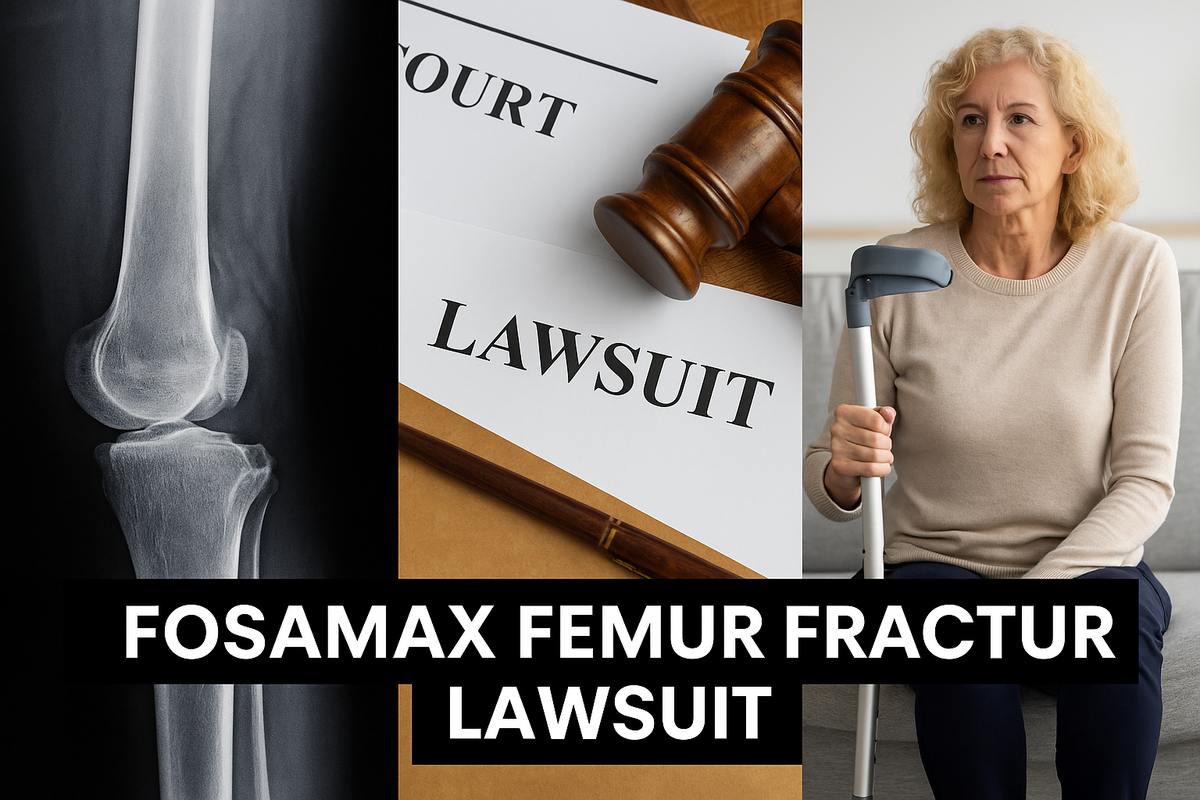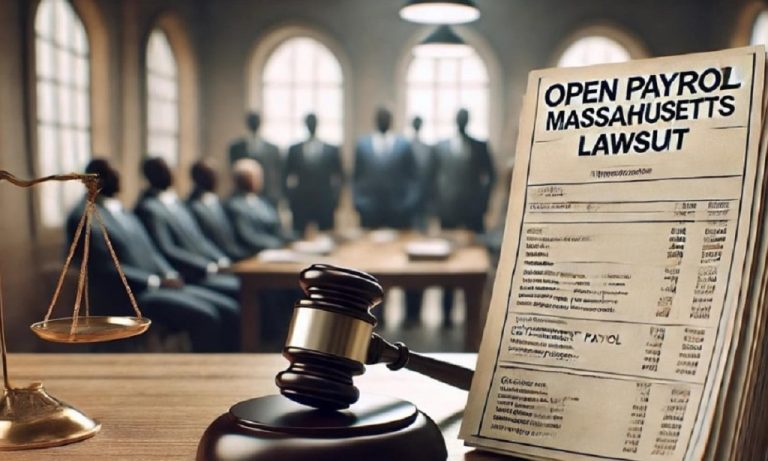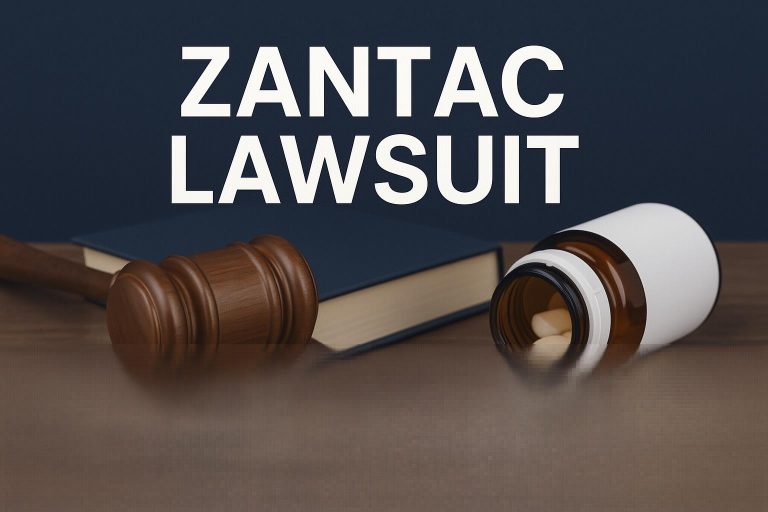Fosamax, a drug once hailed for preventing bone fractures, is now at the center of major lawsuits. Women who used it for years have reported unusual thigh bone fractures. These breaks often happened during daily tasks, like walking or standing. They didn’t fall. They didn’t trip. The bone just snapped. This raised serious concerns. Did the drug meant to protect bones end up harming them? Thousands have filed lawsuits against Merck, the company behind Fosamax. They say they were never warned. They want accountability. This article covers the Fosamax Femur Fracture Lawsuit, the drug’s risks, the lawsuit’s progress, and how to take legal action. If you’ve suffered a femur fracture while on Fosamax, this could be your chance to act.
What Is Fosamax?
To understand the legal and medical concerns, you first need to know what Fosamax is and how it works.
Fosamax (alendronate) is a bisphosphonate drug prescribed to treat or prevent osteoporosis, particularly in postmenopausal women. It slows bone loss and helps maintain bone strength by inhibiting osteoclast activity.
Millions of prescriptions were written between 1995 and 2010. Initially considered a breakthrough, the drug quickly became a top choice for reducing fracture risks. But concerns grew over time. Researchers discovered that prolonged suppression of bone remodeling could make bones brittle and more prone to atypical fractures, especially in the femur—the body’s longest and strongest bone.
Femur Fracture Link: What Studies Reveal
Understanding the fracture risk is crucial to evaluating the basis of current lawsuits. Research shows that long-term Fosamax use may damage bone integrity. Scientific research has linked long-term Fosamax use to a rare type of femoral fracture. These breaks often occur in the mid-shaft of the femur with little or no trauma.
Dull Pain in the Thigh or Groin
Patients reported persistent, aching pain weeks before their fracture. This warning sign is often missed or misdiagnosed.
Audible Cracks During Simple Movement
In some cases, patients described hearing a crack while standing or walking—without falling.
Spontaneous Fracture Without Trauma
These fractures often happen during normal activity, such as stepping off a curb or rising from a chair.
Mid-Shaft Break in the Femur
Unlike typical osteoporosis fractures that affect the hip or spine, Fosamax-related breaks occur in the middle of the thigh bone.
Second Fracture in the Opposite Leg
Multiple reports show that once one femur breaks, the other may follow within months, indicating systemic bone issues.
Allegations Against Merck: What Plaintiffs Claim
The heart of these lawsuits lies in the claims made by injured patients. These allegations highlight the many ways Merck may have failed consumers.
Failure to Warn
Merck allegedly failed to provide timely and adequate warnings about the risk of atypical femur fractures. Patients and doctors were left unaware of the long-term consequences.
Aggressive and Misleading Marketing
Despite growing evidence, Merck continued to promote Fosamax for long-term use. Lawsuits claim the company downplayed risks to preserve sales.
Negligent Drug Design
Some plaintiffs argue that Fosamax was poorly designed for extended use. They claim the drug becomes harmful after prolonged exposure.
Concealment of Data
Internal company documents suggest that Merck may have known about the risks before the FDA issued warnings in 2010.
Damages Claimed by Victims
The lawsuits also focus on the harm caused to patients. These damages go far beyond medical bills.
Emergency Surgeries
Many plaintiffs underwent invasive surgeries to stabilize the fracture, often involving metal rods or plates.
Long-Term Physical Therapy
Recovery can take months. Some never regain full mobility.
Loss of Independence and Mobility
Patients report needing canes, walkers, or home assistance after the injury.
Mental and Emotional Distress
Living with fear of another fracture takes a heavy psychological toll.
Income and Career Disruption
Many victims were unable to return to work, losing their primary source of income.
Who Can File a Fosamax Femur Fracture Lawsuit?
Eligibility to file depends on the nature of the injury, the timing, and the patient’s Fosamax usage history. Legal firms assess these factors to determine if a case has merit.
You May Qualify If:
- You used Fosamax regularly for at least three years, especially if prescribed continuously for five or more
- You suffered a non-traumatic or low-impact fracture in the femur shaft (mid-thigh), typically confirmed through imaging
- Your injury occurred between 2000 and 2015, a period when warnings were not yet prominent
- You required hospitalization, surgery, or extended recovery time with medical documentation to support your case
- You have no prior high-impact trauma (e.g., car accidents, falls from height) to explain the injury
If you meet these conditions, you may have a viable legal claim.
How to File a Fosamax Lawsuit
Legal experts recommend acting quickly if you suspect a link between your injury and Fosamax. Follow this four-step process to begin:
1. Documentation Collection
Gather all relevant documents, including:
- Prescription history from your pharmacy or doctor
- MRI, CT scans, or X-rays showing the fracture
- Surgical reports, discharge summaries, and rehab logs
- Expense receipts for medical costs, travel, or lost income
2. Timeline Summary
Create a simple but detailed timeline noting:
- The start and end dates of Fosamax use
- When symptoms such as thigh pain began
- The exact date of fracture
- Recovery events, medical visits, and complications
3. Legal Consultation
Contact a mass tort or pharmaceutical injury attorney. Choose one with experience handling drug-related fracture cases. The lawyer will evaluate your records, explain your rights, and advise on next steps.
4. Filing Your Claim
Once the lawyer verifies eligibility, they will file a claim in the appropriate court. Timing matters—most states enforce a statute of limitations (usually between two and six years). Acting early helps protect your legal rights.
Current Status of Fosamax Lawsuits
The Fosamax litigation is still unfolding across multiple courts in the United States. A large number of these lawsuits have been consolidated into multidistrict litigation (MDL No. 2243) in the U.S. District Court for the District of New Jersey. This MDL centralizes similar claims to streamline the legal process. As of 2024, hundreds of cases remain pending.
Some claims have already been resolved through confidential settlements. These resolved cases often involved individuals who had strong medical documentation, lengthy use of Fosamax, and clear evidence of low-impact femur fractures. Meanwhile, new plaintiffs continue to come forward.
Legal analysts anticipate more court activity into 2025. The continuing litigation has also prompted discussions in the medical and pharmaceutical sectors about long-term drug safety, patient disclosures, and the regulation of bone density medications.
What the Courts Have Ruled So Far
The legal outcomes in Fosamax lawsuits have been mixed. In 2019, the U.S. Supreme Court reviewed the case Merck Sharp & Dohme Corp. v. Albrecht. The court ruled that Merck could not use federal preemption as a defense for failing to update its warning label, allowing patients to sue for state-level failure-to-warn claims.
Since then, multiple district courts have allowed cases to proceed, especially those with strong medical evidence and documentation. Some juries have awarded plaintiffs significant damages, citing Merck’s failure to act despite early internal data. In contrast, other juries sided with the pharmaceutical company, stating there was insufficient causation or warning obligations at the time of injury.
These rulings suggest that the outcomes depend heavily on the strength of individual evidence and how early the fracture occurred in relation to label updates.
Impact on Victims and Families
The effect of a femur fracture linked to Fosamax reaches beyond physical damage. These injuries often result in long-term disability, emotional strain, and financial hardship.
Patients report losing their independence and mobility. Many now rely on assistive devices or full-time caregivers. Routine tasks like walking, cooking, or even bathing require help. This loss of autonomy impacts self-worth and emotional health.
Family members also bear the burden. Some have quit jobs to provide care. Others have drained savings to cover medical costs. The stress extends to children, spouses, and aging parents.
Emotional consequences include depression, anxiety, and isolation. Victims often fear falling again and withdraw from social life. These are not just broken bones—they’re broken routines, strained relationships, and lost futures.
Compensation You May Receive
Compensation in a Fosamax femur fracture lawsuit varies depending on the severity of your injury, financial losses, and proof of Merck’s negligence. Here are common areas covered:
Medical Costs
This includes hospital stays, surgeries, rehabilitation, and follow-up visits. Prescription drugs, medical devices, and therapy may also be reimbursed.
Lost Wages and Employment Impact
Many patients can no longer return to work. Lost income, missed promotions, or forced early retirement may be calculated.
Pain and Suffering
Courts often award damages for chronic pain, emotional trauma, and reduced quality of life. This compensates for daily limitations, anxiety, and fear of future injury.
Home Care and Mobility Devices
If you need a caregiver, home modifications, or assistive equipment, those costs may be included.
Punitive Damages
In cases where Merck’s actions are found to be especially reckless or deceptive, the court may award punitive damages to penalize the company.
What Happens If You Win Your Case
Winning a Fosamax lawsuit brings more than just money—it offers closure and accountability. Here’s what a successful claim can provide:
Financial Relief
You receive funds to cover medical expenses, lost income, therapy, and ongoing care needs.
Recognition of Harm
The court acknowledges that your injury was preventable. You gain validation that the harm wasn’t your fault.
Industry Pressure
A successful case increases pressure on pharmaceutical companies to prioritize patient safety and update drug warnings.
Legal Precedent
Your case can help others by setting a precedent for future claims. Each win adds weight to collective action.
Peace of Mind
Knowing that justice has been served helps many victims move forward. It’s a step toward healing and rebuilding your life.
Conclusion
Fosamax was supposed to prevent fractures. Instead, it may have caused thousands. Women trusted a drug that was meant to protect their health. Instead, they suffered breaks in their strongest bone. These injuries changed lives, careers, and futures. The lawsuits against Merck aren’t just about money. They’re about justice, truth, and corporate responsibility. Victims want answers. They want fair compensation. They want to make sure this doesn’t happen to anyone else. If you’ve been affected, don’t ignore your story. Legal help is available. Your voice matters. And your recovery—both physical and financial—deserves support. This lawsuit may be your path forward.
FAQs
Is Fosamax still available?
Yes, Fosamax remains on the market and is prescribed today. However, the FDA has placed warnings regarding atypical femoral fractures and jaw osteonecrosis. Most doctors now prescribe a “drug holiday” after five years to reduce long-term complications.
Are there other options for Fosamax?
Yes. Other bisphosphonates like Actonel (risedronate), Boniva (ibandronate), and Reclast (zoledronic acid) are present. Some use Prolia (denosumab) or hormone-based treatments based on bone density and general health profile. Always have a doctor confirm changes in medicines.
Do all femur fractures deserve lawsuits?
No. In order to qualify, the fracture has to be unusual in cause and location. A fracture of the mid-femur with no trauma is more likely due to Fosamax. Fractures caused by falls, sports, or auto accidents don’t qualify.
Is there a time limit to file?
Yes. There is a statute of limitations specific to each U.S. state that determines when to file product liability or personal injury claims. The time typically ranges from two to six years from the time of injury or discovery of damage. Your local deadline can be verified by an experienced attorney.
Has Merck settled any cases?
Yes. Fosamax has been the subject of hundreds of lawsuits for Merck. Cases have been settled through private settlements, and others are pending in multidistrict litigation. Results are mixed by jurisdiction, evidence, and case characteristics.




